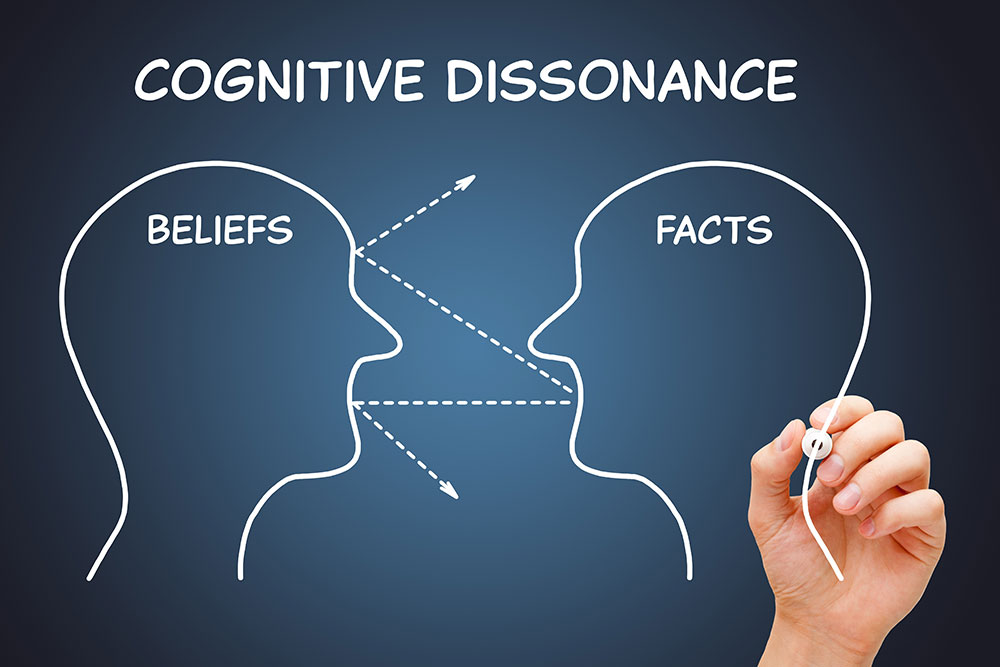Value Sentiment Dissonance in Digital Marketing: Aligning Emotional Cues for Stronger Engagement
In digital marketing, capturing consumer attention and inspiring action is essential, yet often challenging. One subtle but significant obstacle to achieving this is a phenomenon termed Value Sentiment Dissonance, coined by Alireza Mehrzad, founder and president of Golden Seller Marketing. This concept describes the impact of presenting conflicting emotional cues within a single marketing message, a frequent misstep that confuses consumers and disrupts engagement. By understanding how the brain processes these messages in digital spaces, marketers can refine their approach to connect more effectively with their audiences. Understanding Value Sentiment Dissonance Value Sentiment Dissonance arises when a digital marketing message combines conflicting emotional
Why Does Multi-Touchpoint Marketing Require a Flexible Attribution Model?
In today’s digital landscape, consumers rarely make purchasing decisions after a single interaction with a brand. Instead, they engage with multiple touchpoints—social media, email, online ads, website visits, and more—before taking action. This complex journey, known as multi-touchpoint marketing, provides numerous opportunities to connect with consumers but also presents challenges for measuring the effectiveness of each interaction. To gain an accurate understanding of which touchpoints are most valuable, marketers need a flexible attribution model that can adapt to various marketing channels, strategies, and customer behaviors. In this article, we’ll explore why multi-touchpoint marketing requires a flexible attribution model and how
How Does Optimal Stopping Interact with FOMO in Digital Marketing and How Can Marketers Use This to Drive Consumer Action?
Digital marketing strategies often rely on psychological principles to engage consumers and drive action. Two powerful concepts that play a key role in influencing consumer behavior are optimal stopping and the fear of missing out (FOMO). Optimal stopping helps consumers decide when to make a choice, while FOMO pushes them to act quickly to avoid potential regret. Together, these concepts can be leveraged to create urgency, streamline decision-making, and encourage consumers to take action. In this article, we’ll explore how optimal stopping and FOMO interact in digital marketing and how you can use these principles to boost engagement and conversions. What
How Should Marketers Address Cognitive Dissonance in Ethical Marketing Practices?
In an era where consumers are more informed and socially conscious than ever, ethical marketing has become a crucial aspect of successful brand strategies. However, with the rise of ethical considerations comes the challenge of addressing cognitive dissonance—a psychological phenomenon that occurs when people experience conflicting beliefs or values. For marketers, understanding cognitive dissonance and addressing it effectively is essential for building trust, maintaining authenticity, and fostering long-term relationships with customers. In this article, we’ll explore what cognitive dissonance is, how it impacts consumer behavior, and strategies for addressing it through ethical marketing practices. What is Cognitive Dissonance? Cognitive dissonance is the




